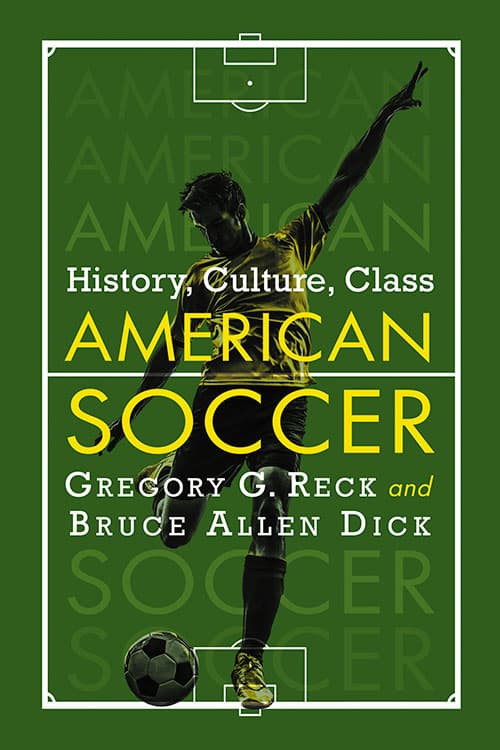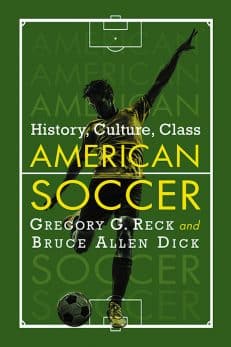American Soccer
History, Culture, Class
$19.99
In stock
About the Book
This narrative of U.S. soccer’s history and present-day status addresses the issues of socioeconomics. Emphasizing the differences between social classes in U.S. soccer past and present, as well as those between American soccer and international football, this work analyzes the role of class in American soccer’s failure to carve out a more prominent place in the sports landscape. Contemporary soccer is explored from its beginnings in informal Parks and Recreation leagues to the development of formal club programs, and university, professional, and U.S. national teams. In recent decades, Hispanic leagues formed primarily by Mexican and Central American immigrants have reinforced the theme of a class-based, exclusionary space in U.S. soccer. A personal perspective based on the authors’ experience coaching soccer at the informal level broadens the book’s appeal.
Instructors considering this book for use in a course may request an examination copy here.
About the Author(s)
Bibliographic Details
Gregory G. Reck and Bruce Allen Dick
Format: softcover (6 x 9)
Pages: 260
Bibliographic Info: notes, bibliography, index
Copyright Date: 2015
pISBN: 978-0-7864-9628-0
eISBN: 978-1-4766-1756-5
Imprint: McFarland
Table of Contents
Acknowledgments ix
Preface 1
Introduction 3
Section One: A Theoretical Perspective
1. The Pyramid Upside Down 11
2. Models of the Pyramid Right Side Up 28
Section Two: Retrospective of U.S. Soccer
3. History of U.S. Soccer: Beginnings 47
4. History of U.S. Soccer: The Golden Years 67
5. History of U.S. Soccer: Lost Years, Renewed Hopes 88
6. History of U.S. Soccer: The Cosmos Years 106
Section Three: From the Local to the National
7. Soccer Beginnings: The World of Parks and Recreation 126
8. Youth Development and Club Soccer 140
9. Appalachian State University Soccer in the National Fabric: A Case Study 159
10. From Boone to Siler City: Case Studies in Latino Soccer 183
11. Professional and National Soccer in the United States Today 197
Conclusion 216
Afterword: 2014 World Cup 222
Chapter Notes 231
Bibliography 238
Index 245
Book Reviews & Awards
“Questions United States youth soccer and how its social-economic space applies to class, ethnicity, and cultural symbols…. U.S. soccer is like an inverted pyramid and prohibits playing opportunities to those who cannot afford to play. The authors situate the current game as a middle-to-upper-class privilege. They conclude that U.S. soccer must become more inclusive, or it will remain a marginal participatory and spectator sport…case studies are most useful…contributes to national studies of Latino/a impact in U.S. soccer and the significance of the collegiate game”—Journal of Sport History
“The authors analyze what ails the growth of soccer in the US, especially the ‘pay to play’ policy that governs the game, thus making it a sport dominated by the upper middle class and eliminating whole groups, especially talented, lower-class Latino immigrants, who then form their own segregated leagues…includes chapters on the upside-down pyramid and how to rectify it…. Recommended. All readers.”—Choice
“Presents students, academics, researchers, and general-interest readers with a narrative inquiry into the history and contemporary socioeconomics of soccer in the United States”—Protoview





